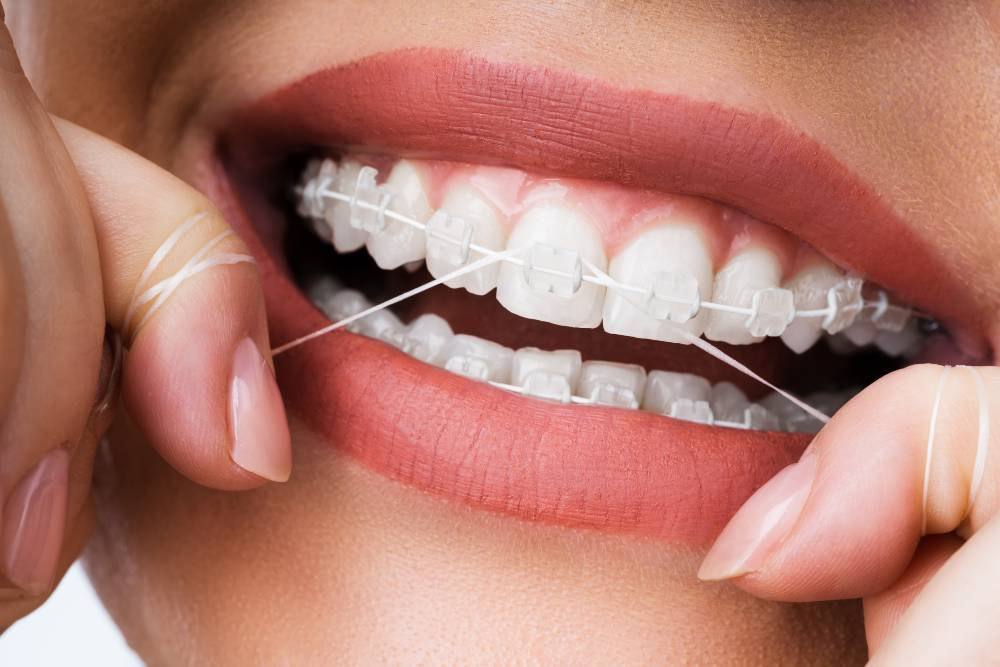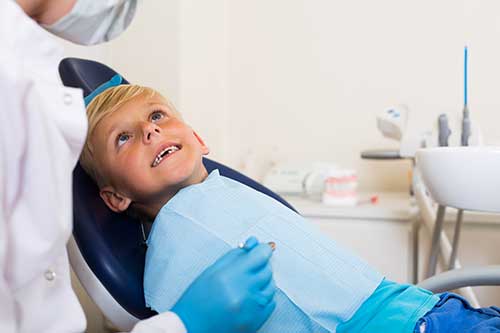The Main Principles Of Legacy Orthodontics
The Main Principles Of Legacy Orthodontics
Blog Article
The Single Strategy To Use For Legacy Orthodontics
Table of Contents8 Simple Techniques For Legacy OrthodonticsTop Guidelines Of Legacy OrthodonticsNot known Facts About Legacy OrthodonticsWhat Does Legacy Orthodontics Do?Indicators on Legacy Orthodontics You Should Know
In addition, we supply adjustable therapy schedules, adaptable settlement choices and an enjoyable, enjoyable experience.An orthodontist is a dental expert educated to detect, stop, and treat teeth and jaw irregularities. They remedy existing conditions and are trained to identify troubles that may establish in the future. Orthodontists work with individuals of all ages, from children to grownups. Individuals frequently connect an excellent smile with health.
Malocclusion, or misaligned teeth, can result in oral problems, including dental cavity, periodontal condition, and tough or agonizing eating. Not everybody is birthed with straight teeth. If you have a poor bite or big spaces between your teeth, you may wish to consult a dentist concentrating on orthodontic care.
Little Known Facts About Legacy Orthodontics.
( Image Debt: DigitalVision/Getty Images) Orthodontists use repaired and removable oral devices, like braces, retainers, and bands, to change the placement of teeth in your mouth. Orthodontic therapy is for oral abnormalities, including: Misaligned teethBite troubles, like an overbite or an underbiteCrowded teeth or teeth that are too far apartJaw misalignmentThe objective of orthodontic treatment is to enhance your bite.
A healthy bite guarantees you can eat, chew, and speak properly. While you may consider orthodontists as primarily for youngsters or teens who require dental braces, they can correct dental issues at any kind of age. Orthodontists attend college, dental institution, and orthodontic institution. After college graduation, they invest 2 or 3 years in an orthodontic residency program.
All orthodontists are dental practitioners, yet not all dentists are orthodontists. Orthodontic residency programs offer intensive, focused instruction for oral specialists. They concentrate on two areas: Exactly how to properly and safely relocate teeth Just how to effectively lead development in the teeth, jaw, and faceOnce an orthodontist has actually finished training, they have the alternative to end up being board accredited.
Legacy Orthodontics - The Facts
Misalignment, or malocclusion, is the most typical reason individuals see an orthodontist. It is genetic and is the result of size differences between the upper and lower jaw or between the jaw and teeth. Malocclusion causes tooth overcrowding, a twisted jaw, or irregular bite patterns. Malocclusion is generally treated with: Your orthodontist affixes steel, ceramic, or plastic square bonds to your teeth.
If you have just small malocclusion, you may have the ability to utilize clear dental braces, called aligners, rather of conventional braces (https://www.ted.com/profiles/47882171). Some people require a headgear to assist relocate teeth into line with pressure from outside the mouth. After braces or aligners, you'll need to put on a retainer. A retainer is a custom device that keeps your teeth in position.
They're usually made use of on youngsters. They can create added space in the mouth without needing to pull teeth. If you have a major underbite or overbite, you might require orthognathic surgery useful reference (likewise called orthodontic surgery) to lengthen or reduce your jaw. Orthodontists make use of cables, surgical screws, or plates to sustain your jaw bone.
You may require to see an orthodontist if you have: Crowding or not adequate space for every one of your teethOverbite, when your upper teeth come over your bottom teethUnderbite, when your bottom teeth are too much forwardSpacing or issues with gapsCrossbite, which is when your top teeth fit behind your base teeth when your mouth is closedOpen bite or a vertical void between your front bottom and upper teethMisplaced midline, when the facility of your bottom and top teeth don't align Correcting an oral malocclusion can: Make attacking, chewing, and speaking easierImprove the proportion of our face and your total appearanceEase pain from temporomandibular joint problemsSeparate your teeth and make them simpler to clean up, helping protect against dental caries or tooth cavities It's commonly a dental practitioner who first notifications misaligned teeth throughout a routine exam.
An Unbiased View of Legacy Orthodontics

During your initial orthodontic examination, you'll likely have: A dental examPhotos taken of your face and smileDental X-raysPanoramic (360 degree) X-rays of your face and headImpressions to develop molds of your teethThese tests will certainly aid your orthodontist recognize exactly how to proceed with your treatment. leesburg invisalign. An orthodontist is a dental professional who's had training to treat your teeth and jaw
Orthodontists might perform surgery, exams,X-rays,and even more to assist you obtain a more comfy, much healthier smile. An orthodontist is concentrated on your bite, so something like a broken tooth would be managed by a dental practitioner. Orthodontists are dental practitioners but not all dentists are orthodontists. Orthodontists are concentrated on your bite, or the way your teeth meshed, and the straightness of your teeth.
Ever asked yourself how celebs constantly seem to have perfectly lined up teeth? Orthodontists are oral specialists who focus on remedying irregularities in the teeth and jaws.
What Does Legacy Orthodontics Do?

While dental braces are the most commonly recognized orthodontic treatment, orthodontists have a varied toolkit at their disposal. The certain technique picked depends upon the intensity of the situation, the person's age, and private preferences. These tried-and-true dental braces use a system of braces adhered to the teeth and connected by wires.
These detachable trays are custom-made to gradually move the teeth's placement. In situations of slim jaws, palatal expanders can be used to develop area for correct tooth alignment.
Report this page